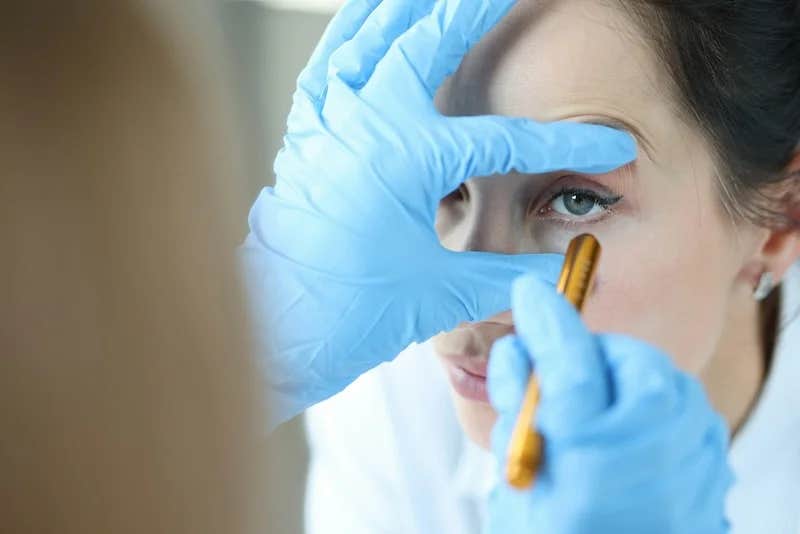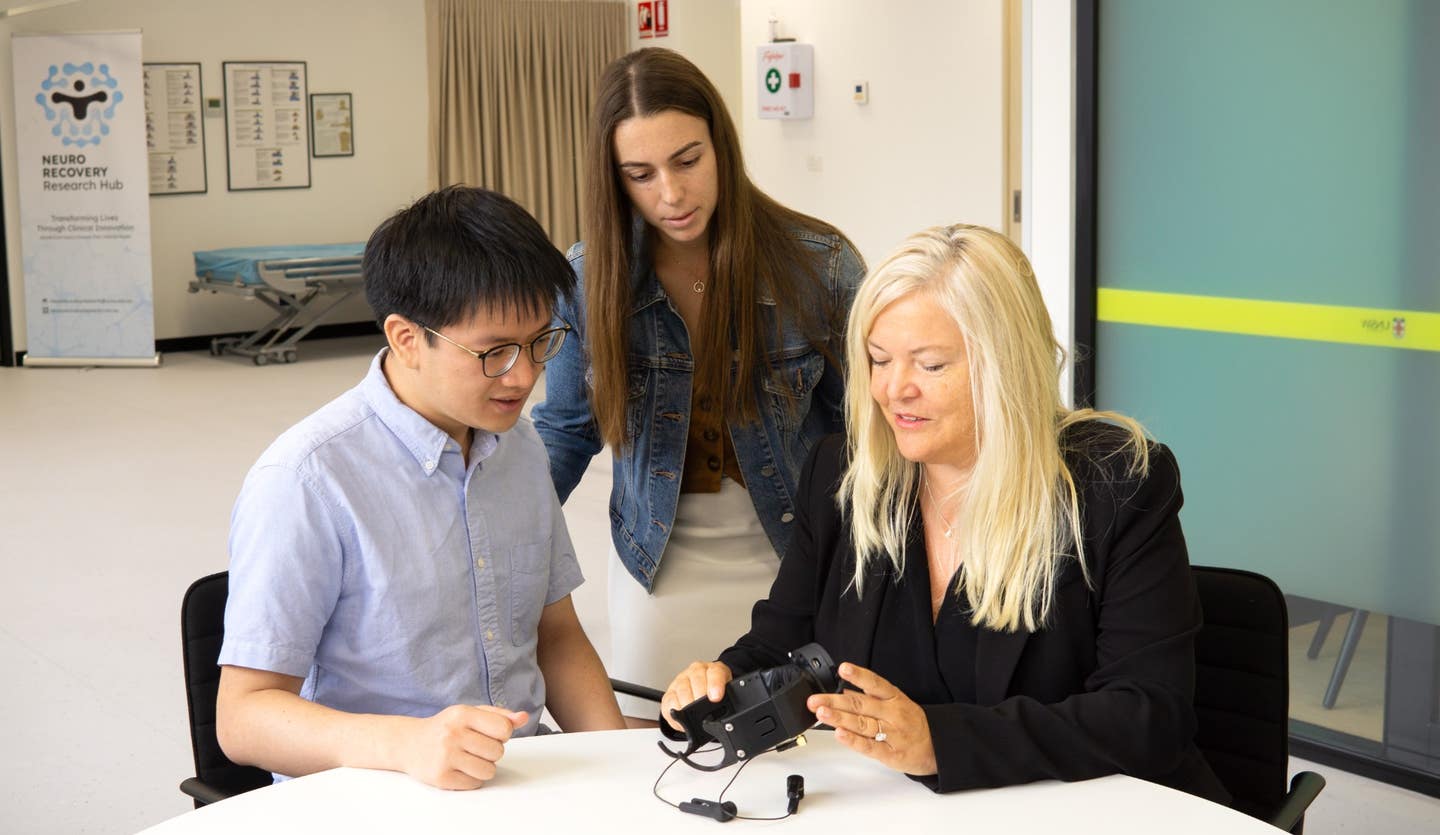Breakthrough new drug could prevent eye and kidney disease in people with diabetes
New research offers hope in the battle against diabetic complications, particularly those affecting the eyes and kidneys.

Research offers hope in the battle against diabetic complications, particularly those affecting the eyes and kidneys. (CREDIT: Creative Commons)
A breakthrough study led by the University of Bristol offers hope in the battle against diabetic complications, particularly those affecting the eyes and kidneys.
Published in Cardiovascular Diabetology, the research introduces a new class of inhibitor drugs that could potentially prevent these debilitating microvascular issues associated with diabetes.
Diabetes, a condition characterized by irregular blood glucose levels, affects a staggering one in 11 adults globally. Despite efforts to manage the disease, it often leads to severe complications, particularly in the small blood vessels throughout the body, known as the microvasculature.
Existing treatments for microvascular complications, such as diabetic retinopathy (eye disease) and nephropathy (kidney disease), have limitations in delaying disease progression. Ultimately, they can culminate in blindness and kidney failure, significantly impacting patients' quality of life.
Related Stories
Currently, diabetes mellitus affects over 8% of adults worldwide, posing significant risks to cardiovascular health and increasing the likelihood of developing microvascular diseases affecting various vascular regions.
Among the most prevalent complications of diabetes are diabetic retinopathy (DR) and diabetic kidney disease (DKD). DR, which afflicts approximately 34% (around 93 million individuals) of the global diabetic population, stands as the primary cause of vision impairment and loss among working-age individuals. Meanwhile, DKD affects over 40% (>116 million individuals) of diabetic patients and remains the primary contributor to end-stage renal failure.
The study focused on the glycocalyx, a protective layer lining all blood vessels. In diabetes, this lining is prone to damage. By preserving the integrity of the glycocalyx, researchers were able to halt the development of diabetic eye and kidney diseases in two mouse models.
HS forms part of the eGlx barrier in retinal and glomerular microvasculature. Low magnification representative TEM image of retinal vessel from mouse that had been cardiac perfused with Alcian blue and glutaraldehyde. (CREDIT: Cardiovascular Diabetology)
Key to this breakthrough is the use of a heparanase inhibitor. Heparanase, likened to a pair of scissors, is responsible for damaging the glycocalyx lining. Inhibitors of heparanase prevent this damage, potentially offering a pathway to therapeutic intervention.
Dr. Rebecca Foster, Associate Professor of Microvascular Medicine in the Bristol Medical School, emphasized the significance of the findings, stating, "Our findings are exciting as we have shown that one type of medication might be able to prevent different diabetic complications, which is a global health problem for adults living with diabetes."
Enzymatic removal of HS results in reduced eGlx and loss of barrier function in the retina and glomerulus. (CREDIT: Cardiovascular Diabetology)
Dr. Monica Gamez, Research Associate at the Bristol Medical School, further elaborated on the team's ongoing efforts, stating, "We are currently conducting research to advance our novel class of inhibitors to clinical use. With over 8% of the global adult population currently living with diabetes, we hope patients could benefit from our findings in the future."
The potential of these findings to mitigate diabetic complications offers a beacon of hope for millions worldwide grappling with the challenges of managing this chronic condition. As researchers continue to refine and translate these discoveries into tangible treatments, the prospect of improved outcomes for individuals living with diabetes looms on the horizon.
Note: Materials provided above by The Brighter Side of News. Content may be edited for style and length.
Like these kind of feel good stories? Get the Brighter Side of News' newsletter.



